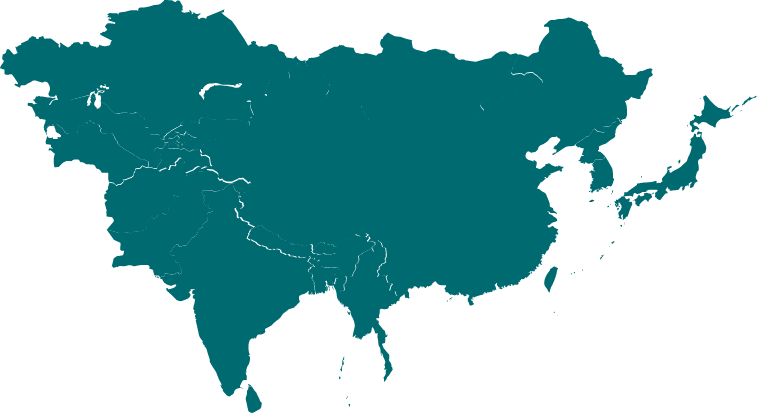- Written by Samiksha Roy
Ram Navami is a major festival in Hinduism and that of Hindus across the world. It’s a spring festival, mostly celebrated in the month of March or April according to the Gregorian calendar. As per the Hindu calendar, it falls on the month of Chaitra. This festival is important to Vaishnavism tradition of Hinduism as Lord Rama is regarded to be one of the Dashaavatar of God Vishnu. The festival is a part of spring Navaratri and falls on the ninth day of the bright half of Shukla paksha.
There are many beliefs behind this festival which are followed in different parts of the country according to the popularity the belief has in that region. For instance, the basic idea behind the festival is the celebration of Lord Rama’s birthday. It commemorates the birth of Lord Rama to King Dashratha of Ayodhya and his wife Kausalya. Another popular belief is that Lord Rama actually worshipped Goddess Parvathi or Shakti during his exile in the forest and that’s why Rama Navami is celebrated so as to observe his worship of goddess Parvathi.
The day is marked by Rama Katha recitals or reading of Rama stories. Some Vaishnava Hindus visit a temple, community lunch is also organised in these temples. Others pray within their home, and some participate in a bhajan or kirtan with music as a part of their puja. Some devotees mark the event by taking miniature statues of the infant Rama, washing it and clothing it, then placing it in a cradle. Charitable events are also organized. The festival is an occasion for moral reflection for many Hindus. Some mark this day by observing a fast.
The celebration is most jubilant in Ayodhya where many people take a dip at the holy river Sarayu and then visit various Rama temple. Shobha yatras or Rath Yatras are also organised in which processions of Lord Rama, his brother Lakshmana, wife Sita and Hanuman are taken out at several places. People read verses from Ramayana and also bath and cloth the miniature of Lord Rama. It is also an occasion for people to reflect upon themselves and imbibe the values of Lord Rama like honesty, valour and honour.
This year Navratri began from 25th March and Ram Navami was observed on 2nd April. The beginning of this particular Navratri was celebrated with many other festivals like Ugadi, Gudi parwah, Navreh and Sajibu Cheiroba. The beginning of a new year also marked according to the traditional calendar and this time, the new year is 2077.
In Karnataka, Sri Ramanavami is celebrated by the local Mandalis at some places even on footpaths, dispersing free panaka (jaggery and crushed muskmelon juice) and some food. Additionally, in Bengaluru, Karnataka, the R.C.T (R.) Chamrajpet organizes India’s most prestigious, month-long classical music festival. The uniqueness of this 80 years old musical extravaganza is that celebrated Indian classical musicians, irrespective of their religion, from both genres – Carnatic and Hindustani – descend down to offer their musical rendition to Lord Sri Rama and the assembled audience.
However, this year the celebrations were grim due to the situation created by the pandemic COVID-19 as in India the authorities took necessary measures of social distancing and self-quarantine in order to contain the virus. The Uttar Pradesh government cancelled the Ram Navami event in Ayodhya. It was imperative that this year we celebrate the festival inside our homes and not by gathering in temples or in any processions as our social responsibility. Ram Navami is the reflection of our rich cultural heritage and this festival has unified Hindus from all the parts of the country. On the auspicious day of this festival, let us cherish and imbibe the values that we have learnt from Ramayana and Lord Rama in our collective lives and if we are able to do it then this world will surely be a better place to live in.
Read more of our blogs at Khwaeesh!

